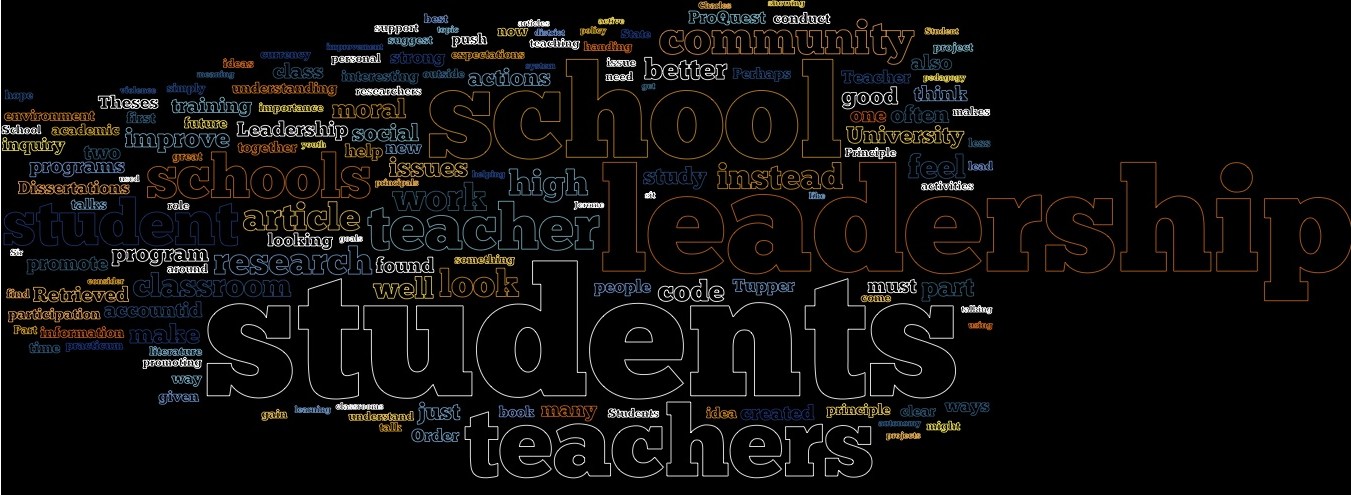My personal teaching philosophy is based on four principles. One: Create lessons and projects that allow the students to invest their interests and time in. Two: After you have created a project or lesson review how it went, than adapt it until it becomes something better. Three: Learn to just go with what happens, if the class is learning than it is the best way to move that class. Lastly no matter what happens always remember to enjoy what you are doing.
Classroom management is from my understanding a lot of shouting and yelling at students to keep them under control. However, given my previous experience with children and people in general, shouting does not foster a good teaching environment, instead it usually leads to a short career as suggested in the article by Chris Watkins (2005) “Classrooms as Learning Communities: a review of research.” Watkins argues that classrooms should not be about discipline but instead a sense of community where a “Students’ sense of school membership influences their patterns of behavior outside school as well as inside”(Watkins, 2005,pg 50). I want my students to not only be good members of the classroom but also of the school and community. My teaching philosophy is centered on good relations between the students and teacher with clear expectations given to the students so that they are not worried about their grades and are instead working on acquiring some good skills. As well my class would be set up to show students work and help to inspire my students instead of having them guess what I expect from my students. I feel the only way to properly expose students to positive interactions is to create an environment that supports student involvement and good student teacher relations. If you offer the chance and make an effort to create a classroom community that fosters positive relationships between the teacher and students it often leads to a better experience for both groups. As well it also leads to much better relations between students. The article by Nel Noddings (2006), “Bullying and the Powers of Peers” suggest that “peer groups can drastically lower bullying if the peers side with the victim and not the attacker”(Noddings, (2006), pg. 4). This is all driven by the relationship between the teacher and students. The teacher is the central key to how the students interact with each other. I would work to not promote competition between my students but cooperation instead. This is a far greater learning environment for students because removing the shouting of classroom management and emphasizing communication and application of ideas both sides find far more enjoyment in their daily lives. When the teacher is more willing to come and create better lessons, and the students want to be participants instead of observers allowing both to not only learn but have fun as well.
Part II My Plan for Creating and Maintaining Positive Classrooms
To create a supportive and safe environment for students is broken into two parts. The first is that I want to maintain an “open door policy” for my students. This means that I will be in my classroom so that students have a place to work or meet friends that is monitored and that has someone there to help when a student has a problem. The second is that I would work in the first week of instruction to establish clear expectations of both the students and teacher. This allows me to find out what my students need in terms of support, and what they know I am expecting of their work each day.
After my classroom rules and policies have been created it is now time to work on building relationships with my students. I think here the best way would be to try and talk to each student once in every block. These “check-ins” not only allows me to do formative assessment of my students understanding, but also helps to give the students a chance to ask me direct questions without fear of peer resentment. As well I hope to attend extra curricular activities that would act as a starting point for the “check-ins” and build a good form of communication.
After I have made a connection to my students, I then need to plan on ways to promote social emotional learning. The first would be that in social studies we are often tasked with thinking about events from different perspectives. So my hooks and conclusions in class can take the opportunity to not only address some historical event, but also address issues that my students are facing now and making a strong connection between the two. As well students work better when given an opportunity to participate in small group work with other students chosen by the teacher since it helps to remove social pressure to work only with friends. In these smaller groups the students have a better opportunity to contribute to the group’s work instead of being “lost” in a larger classroom discussion. This helps to make the classroom a safer environment for my student to share their ideas with peers and form stronger and more educated opinions.
If have created this strong environment of learning by creating and maintaining a positive classroom, it can lead to a prevention of a range of problems from happening. If you have clear expectations of when homework is due than the fault if the homework is not done falls on the student, and not on the belief that you did not give them enough time to complete the assignment. As well this helps to keep your students on task and allow for preventative measures such as extensions, so that the students do not feel over whelmed in the class. As well having many chances for your students to come and ask for help, given that they feel comfortable with you. Furthermore if an issue arises between two students, their understanding of SEL can help lead to an understanding on both sides hopefully without a need for violence from either party.
My goal would be to meet these expectations and plans to create a strong learning environment. But, I know they will take time, practice and a lot of alterations once I am in my own classroom. Nonetheless, I feel it is a good start that offers a lot of room for growth and fun.
Reference:
Noddings, Nel(2006). “Bullying and the Power of Peers.” Cambridge University Press
Chris Watkins (2005): Classrooms as learning communities: a review ofresearch, London Review of Education, 3:1, 47-64.

